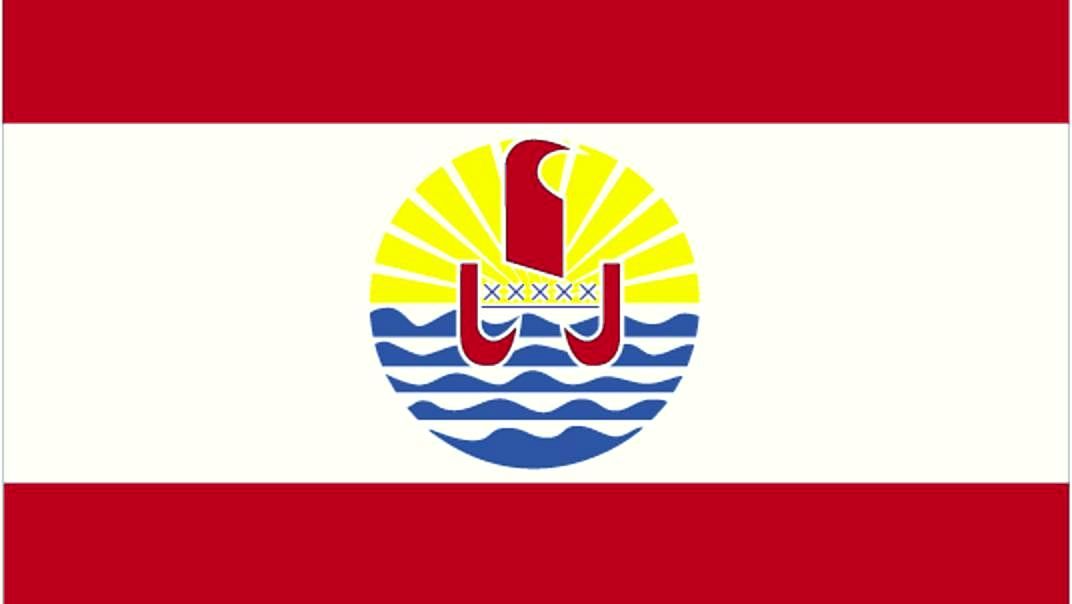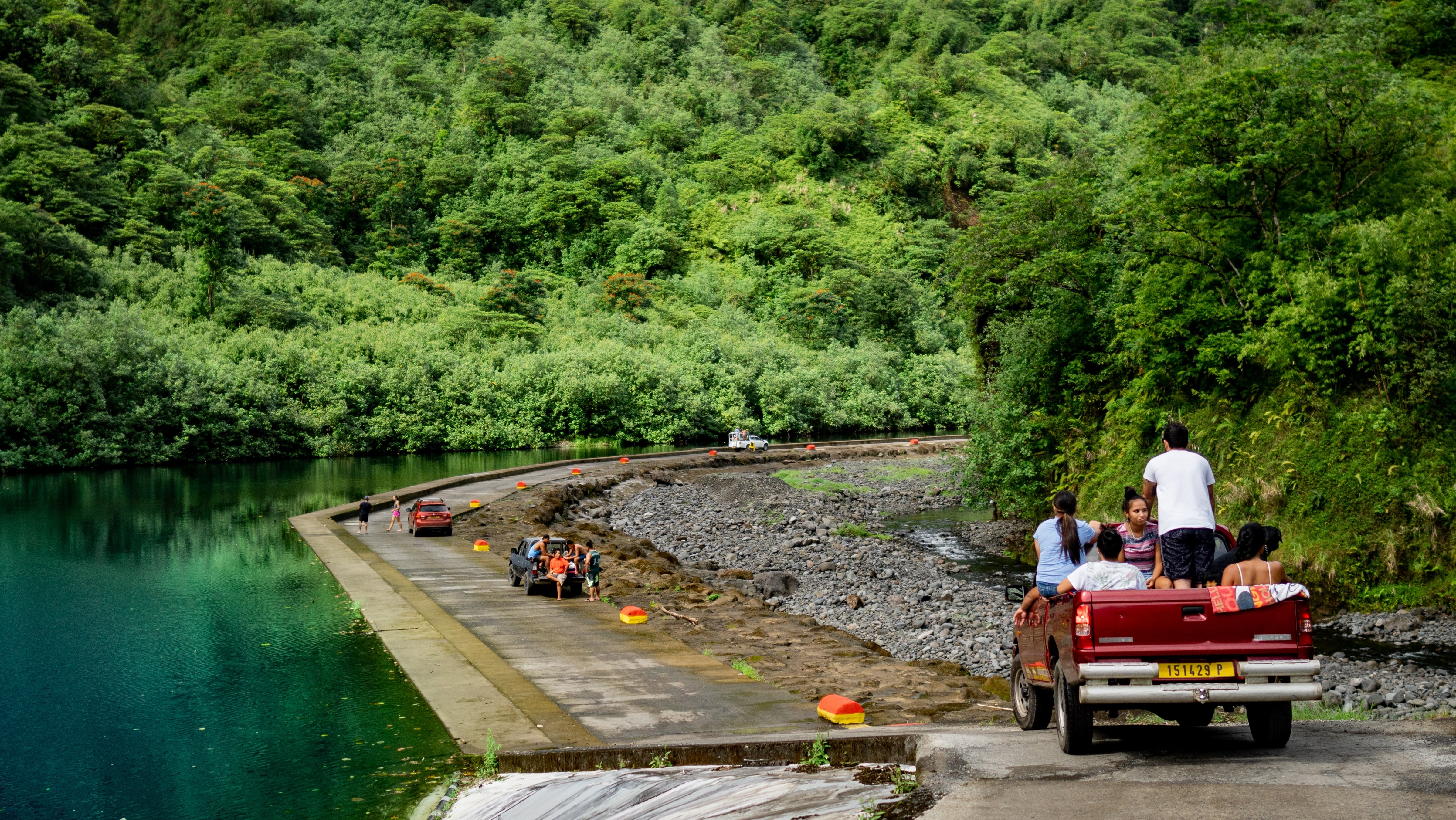Focus
French Polynesians practiced Rāhui for centuries before European contact. Today, we study the design, decision-making, and fishery outcomes associated with rāhui's modern resurgence. As researchers, we recognize rāhui as a sovereign practice and honor its cultural heritage. We aim to augment traditional fishery knowledge with social-ecological science. We hope results can inform communities in their decision-making moving forward.
Active Fieldwork
On February 14th, the community of Papara, Tahiti opens its Rāhui after 4 years of fishing prohibition. We want to understand how the Rāhui’s protection has impacted fish populations in the lagoons. We’re thankful that our partners at the Rāhui Center counted fish when Papara first implemented the Rāhui. This data offers a baseline of fish abundance under open-access fishing conditions.
Now, TEMPO’s ecology team joins local experts to count fish right before the Rāhui opens. The international crew will swim through the lagoon, document the fish they see, and study how fish communities have changed after a 4-year closure.
Along with underwater data, Jean Wencélius (French Polynesia lead) and Alexia Chevrier are working with fishers to understand fishery questions:
-
How do stakeholders feel about the Rāhui's conservation?
-
How do catch totals change during the opening?
-
What does "success" or "failure" look like to fishers and managers?
TEMPO joins a global team to address these social-ecological questions. Local partners represent CRIOBE and the Rāhui Center in French Polynesia. This includes scientists (Jean Wéncelius, Alexia Chevrier, and Marguerite Taiarui), local fishers, and local students. Olivia Isbell joins them from UC Santa Barbara as our ecology lead. TEMPO partners COBI will travel to Tahiti. Magdalena Précoma will join two fishers from Baja California, to collect data and share experiences with scientists and fishers in Tahiti.
Learn more about the Rāhui Center at https://rahuicenter.pf/en/about-us/.

Context of Place
The United Nations considers the country a non-self-governing Territory of France. French Polynesia contains 121 islands, 75 of which are inhabited. On Tahiti and Moorea, artisanal fishers primarily use nets and spears to catch reef fish living on each island's corals.
TEMPO research will focus on Tahiti (the country's most populous island) and Mo'orea. Our work includes ecological monitoring inside and outside Rāhui reserve zones and in-depth social science with fishery stakeholders in these communities of practice.

History of Rāhui
Rāhui is a traditional management practice in Eastern Polynesia that functions by restricting access to resources and/or territories for a limited amount of time. The term "rāhui" translates from Tahitian as "prohibited.” It refers to a natural area placed under protection by the local community for a specified period, often with the aim of allowing fish populations to regenerate.
This ancient management practice has been utilized for thousands of years before western colonization. Under rāhui, 50% of a lagoon, reef area, or other identified resource type will be closed for a temporary period of time, often corresponding to a species spawning season or other life cycle event.